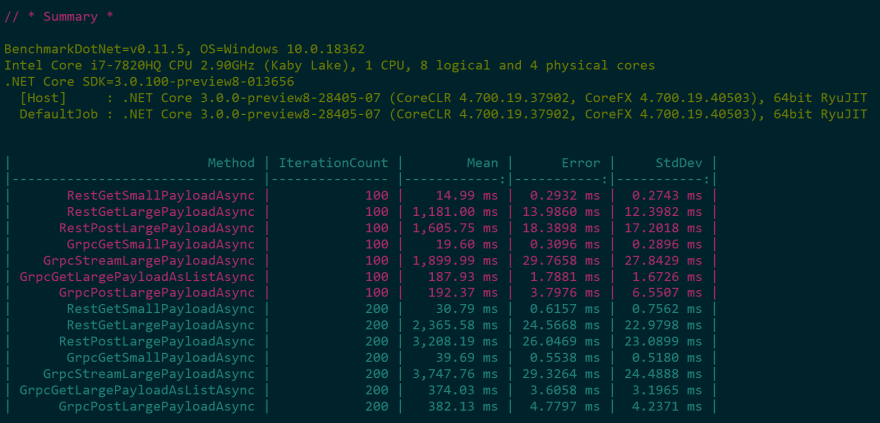


Many have adopted gRPC due to its ability to provide Bi-directional streaming with HTTP/2 in a consistent yet language-idiomatic way. GRPC is already in wide use across organizations and existing products like Netflix, Cloudflare, Google, and Docker. Support for high-level concepts like streaming, synchronous, asynchronous, cancellations, and timeouts.Layered designs allow for extensibility.Designing services and messages are separate from the implementation.Ideal for low latency, highly scalable, distributed systems.Its interoperability comes from embracing ubiquitous technologies such as HTTP/2, Protocol Buffer (Protobuf), and other formats.Īdvantages to gRPC include the following: The approach allows for a diverse system of solutions, utilizing each ecosystem’s best to deliver overall value. In total, there are ten client library language implementations of gRPC. GRPC is technology stack agnostic, supporting client and server languages like Java, Go, Python, Ruby, C#, and F#. It is also applicable in last mile of distributed computing to connect devices, mobile applications, and browsers to backend services. It can efficiently connect services in and across data centers with pluggable support for load balancing, tracing, health checking, and authentication. GRPC is a modern open-source, high-performance Remote Procedure Call (RPC) framework that can run in any environment. The goal of gRPC is to make distributed applications and services more manageable for both clients and server implementations through a predefined set of interfaces. GRPC, which stands for google Remote Procedure Calls, is an architectural service pattern that helps developers build and consume distributed services in the same style as invoking in-process object methods. At which point, you’ll have the tools necessary to decide if the approach is right for you.
#Grpc vs rest performance .net core how to#
The method is gaining popularity due to its efficiency, contract-based design, interoperability across technology stacks, and code-generation tooling.īy the end of this post, you’ll have an idea of what gRPC is, what makes it work, and how to implement an ASP.NET Core client/server demo. NET developers have in designing their APIs. In this post, we’d like to introduce you to gRPC, one of the newer approaches. Given all the choices, we can understand that it can be difficult to tell which one to use. There is REST, HTTP APIs, GraphQL, SOAP, and the list continues to grow. As developers, we find ourselves in a renaissance of API design philosophies.


 0 kommentar(er)
0 kommentar(er)
